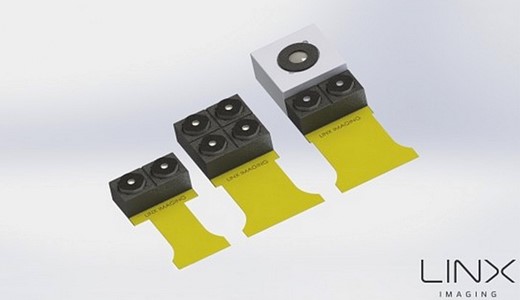Senventh art
 The next Apple Christmas is imminent : on september the 7th, the internet will explode under the load of the raging flamewars raging the new product announcements. I have obviously planned to be stop all social activities at that time, and hide in my secret Apple shrine to watch the event live.
The next Apple Christmas is imminent : on september the 7th, the internet will explode under the load of the raging flamewars raging the new product announcements. I have obviously planned to be stop all social activities at that time, and hide in my secret Apple shrine to watch the event live.
iPhone
So what can we expect from this event ? Well, I think the message on the invite is pretty clear : iPhone 7, bokeh. So the obvious conclusion is that Apple is going to promote the shit out of the new iPhone cameras, whose headline feature is rumored to be a dual-lens camera, giving it some kind of improved focusing capabilities (presumably with bokeh and depth-of-field effects). There will probably be some other announcements (including an Apple Watch 2) but the spotlight will be on Apple’s darling : the iPhone.
Digital bokeh
So what the fuss about dual-lens cameras is all about ? In april 2015, Apple had bought LinX Imaging, an Israeli technology company that was notable for creating multi-aperture camera modules which could enable effects like background focus blur, parallax images and 3D picture capture – or in Reality Distorsion Field parlance : DSLR quality on a phone.

LinX Imaging multi-lens camera modules
The principle is somewhat similar to how humans see in 3D with two eyes using parallax : you take two (or more) slightly offset pictures of the same scene, and then you can map depth in the picture. Roughly speaking, the more an element is offset from one picture to the other, the closer it is from the camera (remember in those 2D side-scrolling games how the background moved slower than your character ?). Off course, this implies that you know how to identify and locate similar elements in each picture (a process called image registration). Once you get a picture complete with the depth of each pixel, you can focus on any chosen level of depth and blur the rest (even possibly after the picture is taken). You may thus create a digital bokeh effect. It would be even more exciting and impressive if those new features worked in real-time, and were also available in video mode.
Digital bokeh would hardly be the first imaging algorithm to take several pictures and combine them in a resulting photo : for example taking two pictures at different exposures is used to capture more details in the light and the shadows (this is High Dynamic Range, or HDR), or taking several consecutive pictures in a burst is used to reduce motion blur. Dual-lens camera could also enable to increase the resolution of the resulting picture, or reduce noise. Essentially, more pictures is more information, and more information is more information.
iPhone 7-
From what the various part leaks seem to indicate, the regular 4.7″ iPhone will not feature a dual-lens camera. So does this mean its camera won’t get any advanced focusing capability ? Well, theoretically there could still be a focus mode that would take two consecutive pictures as you slightly move the phone in one direction. Such a mode is already implemented in some camera apps (the Google camera app in my Nexus has it), but it’s quite impractical and very unreliable, so I wouldn’t bet on that being included in the iPhone. To soften the blow, it seems Apple is going to include optical image stabilization, a feature that was previously exclusive to the plus model, and might also introduce a sleek new glossy black model. But even then, the 4.7″ model might really feel like an iPhone 7 minus. Oh well, it seems the phablet is here to stay.